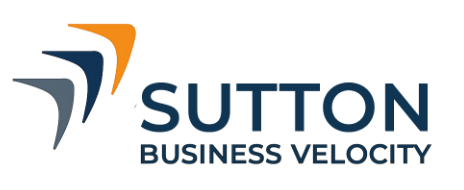When hiring ramps up, companies often scramble to fill positions quickly. Yet rushing to offer competitive pay without a structured plan can create long-term challenges. Thoughtful compensation planning ensures organizations attract talent, maintain fairness, and protect financial sustainability while keeping employees motivated.
Why Pay Structures Matter Before a Hiring Spike
Pay structures act as a roadmap for how a company rewards employees. They define job grades, salary ranges, and incentive eligibility. Without this framework, new hires can create inequities that ripple across the workforce. Imagine offering a top-performing candidate a high salary to secure them quickly, only to demotivate existing staff who have waited years for raises. Structured pay mitigates these imbalances, giving leaders a clear, fair approach for rewarding talent.
When you anticipate hiring surges, it’s tempting to react to market pressures with ad hoc pay. While competitive offers are important, reacting without a strategy risks long-term complications. Companies that proactively plan can maintain internal equity and external competitiveness while avoiding costly adjustments later.
Stretching Pay Structures Thoughtfully
Stretching a pay structure means allowing flexibility to attract talent while preserving fairness. This does not imply inflating salaries indiscriminately. Instead, it involves analyzing current ranges and adjusting for market realities, role criticality, and employee performance potential.
- Assess Market Data: Compare salary benchmarks across your industry and region. Identify which roles are underpaid relative to competitors and where strategic flexibility is possible.
- Define Critical Roles: Determine which positions directly impact business growth or operations. These roles may warrant stretch ranges or incentive opportunities to attract exceptional candidates.
Flexibility should be intentional. Leaders need to balance stretching pay with maintaining alignment across grades and levels. Clear communication around why some roles or individuals receive certain compensation avoids misunderstandings and preserves trust.
Incentives as Strategic Levers
Incentives, both cash and non-cash, provide an elegant solution when hiring surges strain base salaries. Signing bonuses, equity options, or performance-based incentives allow companies to offer competitive packages without permanently inflating base pay. These tools also create alignment between organizational goals and individual performance, keeping employees motivated and engaged.
By designing incentive programs thoughtfully, companies can reward contributions while maintaining a sustainable pay structure. The key is integrating these programs within existing total rewards frameworks to ensure they complement, not disrupt, established pay ranges.
Preparing Leaders and Managers
A stretched pay structure requires leaders who understand the rationale behind compensation decisions. Training managers to explain pay decisions and incentive opportunities builds credibility and trust. When leaders are equipped to discuss salary ranges, performance considerations, and incentive eligibility, employees feel valued and understood, which enhances engagement during periods of rapid hiring.
Additionally, documenting pay philosophy and processes creates consistency. Managers can make informed, defensible decisions, reducing the risk of perceived favoritism or inequity.
Conclusion
Planning compensation before a hiring surge transforms what could be a reactive scramble into a strategic opportunity. Thoughtful pay structures, flexible ranges, and targeted incentives protect fairness, engage employees, and support organizational growth. Companies that prepare in advance can attract talent effectively while preserving internal equity and financial stability.
Enhance your company’s total rewards strategy with my guidance. At Sutton Business Velocity, I help assess, design, and implement pay structures, incentive programs, and benefits solutions, empowering your team to attract and retain talent while sustaining fairness and engagement across your organization.

